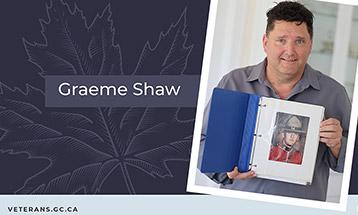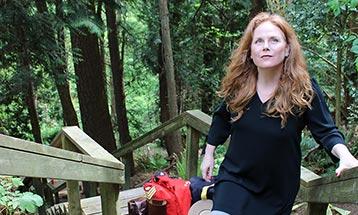In the late 1970s, a fistfight with a stereotypical Mountie – a larger, intimidating man – sometimes gave an offender “bragging rights.”
But when Jane Hall and her group of recruits became Canada’s first women members of the RCMP, she said they soon learned their de-escalation tactics could help get big men looking for a fight out of rowdy bars and into a cruiser or a cell.
And her Corporal – who had fought hard against having a woman on his training team and had been giving her the cold shoulder for six months at the Regina depot – started giving her credit.
“They’d actually send me in,” Hall remembers.
“He started to realize that I could arrest really bad people.”
“Normally [when the RCMP showed up], the fight was on and they wanted bragging rights as to how many members it would take to [make the arrest].”
“The bragging rights of having the nerve to fight a Mountie were even bigger if you won,” she said.
But the boasting ended when the first women in uniform arrived on scene.
“There were no bragging rights for hitting a woman, and if he did and lost a fight to someone like me, he would have to leave town.”
Hall, originally from Wolfe Island, Ontario, was a recent graduate from Queens University when she arrived at RCMP Depot with the first batch of women recruits in 1977.
For the next two decades, she worked in and out of uniform in British Columbia -- five years serving in North Vancouver, five years on Federal Enforcement at E Division HQ, five years in Langley, British Columbia and five years training Non-Commissioned Officers in Surrey.
“Women joining the RCMP turned policing upside down. It was a really exciting time,” Hall said, adding she was a petite 23-year-old who “looked like a teenager.”
“It was very clear we were going to do the same job, but we were going to have to figure out how to do it differently.
“We had no role models…It was like being part of a big social experiment that was pushing feminism as far as you could push it.”
Some of her male colleagues quickly realized that having women beside them would make the work safer, because women were often able to diffuse dangerous situations.
“We had to figure out all of these rules,” she said. “We had to figure out which ones we had to follow and we had to figure out which ones we were going to break.”
During her 21-year policing career, Hall said she always treated people with respect and found they rose to the occasion.
“I always started with asking ‘What can I do to help you?’” she said.
“When you arrest somebody, they’re afraid, they don’t know what is going to happen…to take a few extra minutes and explain it to them, it makes it easier.”
After retiring from the Force in 1998, Hall spent a decade raising her four children in Langley and writing her book The Red Wall – A Woman in the RCMP, published in 2008.
“I wanted to acknowledge our failures and celebrate our victories. The RCMP is one of the national symbols of Canada; we had to get this right.”
She said she wanted to write the book documenting women’s experiences “before memories fail and pioneers pass on.”
“Nobody wanted to fail. If we could do this job, we could do anything, but if we couldn’t do this job, you knew the price the next generation was going to pay.”
“It was just a really big adventure.”



